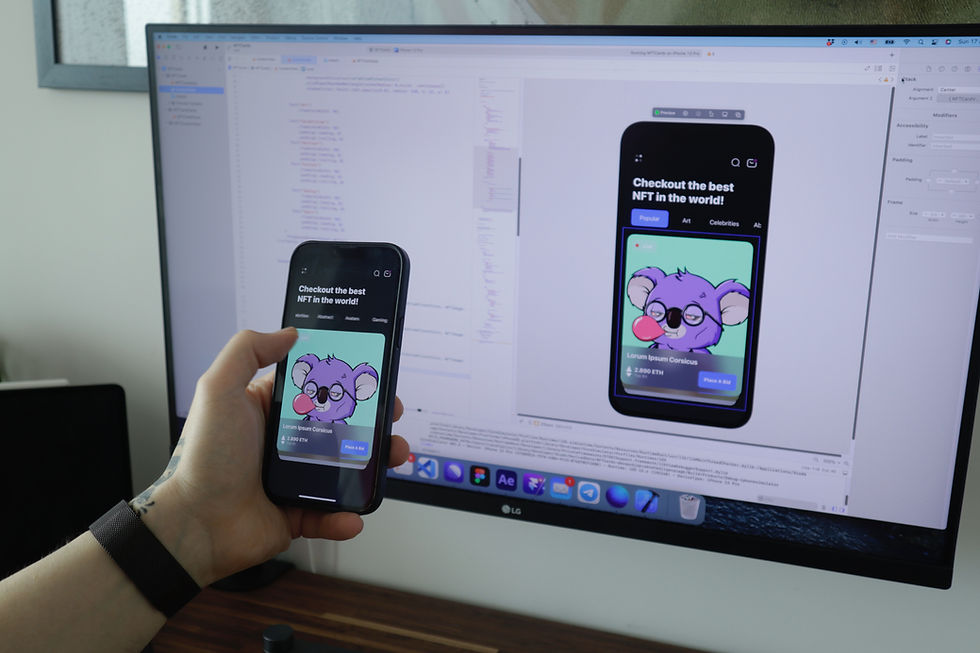Get Started with Glide Kotlin Library for Android
- Don Peter

- Oct 16, 2023
- 2 min read

Glide is an image loading library for Android that is known for its speed and efficiency. It is an open-source library that is maintained by Google and is used by many popular apps, such as Twitter, Facebook, and Amazon.
Advantages of using Glide
There are many reasons why you might want to use Glide in your Android app. Here are a few:
Performance: Glide is one of the fastest image loading libraries available for Android. It is able to load images quickly and efficiently, even on large or complex images.
Memory efficiency: Glide is also very memory-efficient. It uses a variety of techniques to reduce the memory usage of your app, such as image caching and image recycling.
Flexibility: Glide is very flexible and can be used to load images from a variety of sources, including local storage, network resources, and even other image loading libraries.
Ease of use: Glide is easy to use and integrate into your Android app. It provides a simple API that makes it easy to get started with loading images.
Integrating Glide with an Android Kotlin project
To integrate Glide with your Android Kotlin project, you will need to follow these steps:
Add the Glide dependency to your project's build.gradle file.
// Add the Glide dependency to your project's build.gradle file.
dependencies {
implementation 'com.github.bumptech.glide:glide:x.x.x'
}
Create a Glide object in your activity or fragment.
import com.bumptech.glide.Glide
import com.bumptech.glide.request.RequestOptions
Glide.with(this)
.load(R.drawable.your_image) // Replace with your image resource or URL
.into(imageView)
Use the Glide object to load images into your app.
// Use the Glide object to load images into your app.
Glide.with(this).load("https://example.com/image.png").into(imageView)
Top features of Glide
Glide provides a variety of features that make it a powerful and versatile image loading library. Here are a few of the most notable features:
Image caching: Glide caches images in memory and on disk to improve performance and reduce network traffic.
Image decoding: Glide can decode images from a variety of formats, including JPEG, PNG, GIF, and WebP.
Image transformations: Glide can perform a variety of image transformations, such as cropping, scaling, and rotating.
Glide.with(this)
.load(R.drawable.your_image)
.apply(RequestOptions.circleCropTransform()) // Circular transformation
.into(imageView)
Image placeholders: Glide can display placeholder images while images are loading.
Glide.with(this)
.load(R.drawable.your_image)
.placeholder(R.drawable.placeholder_image)
.into(imageView)
Error handling: Glide provides robust error handling to ensure that images are always displayed correctly, even if there is an error loading the image.
Glide.with(this)
.load(R.drawable.your_image)
.error(R.drawable.error_image)
.into(imageView)
Glide is a powerful and versatile image loading library for Android applications. It simplifies the process of loading and displaying images, offers extensive customization options, and handles caching efficiently. By following the steps outlined in this blog, you can quickly integrate Glide into your Kotlin Android app and provide a smoother image loading experience for your users.



Comments